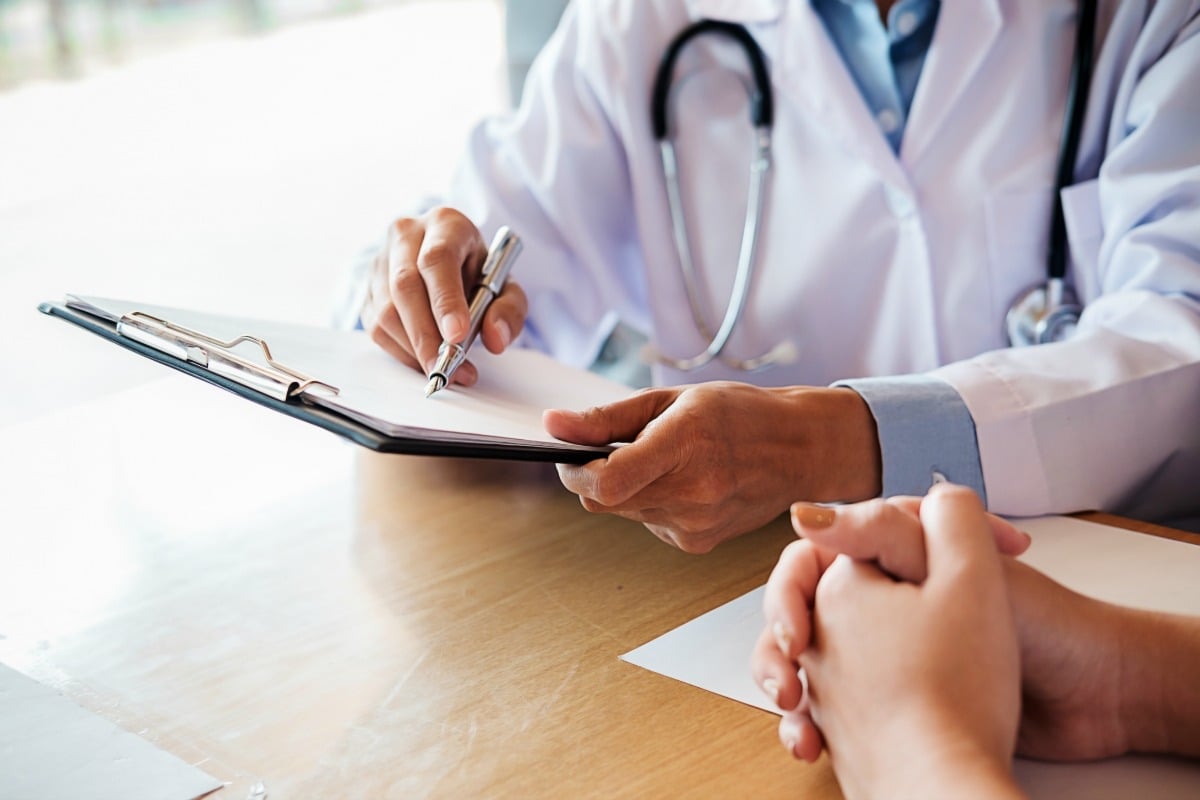
This post deals with eating disorders and may be triggering to some readers.
I had been begging for help for years, without even knowing what I was doing or why I was doing it.
The fact that my eating disorder existed was itself a cry for help. It arrived, slowly, starting in 2008 and came into full bloom in 2013. I sought help from all the right people, in all the right places, at exactly the right times.
Not only did no assistance arrive, no one had any idea what was happening to me. Even I didn’t know.
Watch: Singer Kasey Chambers tells us what it was like to have an eating disorder. Post continues after video.
Perhaps I didn’t look like someone with an eating disorder. I wasn’t frail and my skin, hair and nails were all healthy. I was skinny, but apparently not too skinny to warrant concern. I loved food and cooking. I appeared to have things “together.”
Because it didn’t fit the “usual profile” for an eating disorder, mine managed to escape detection for a half a decade.



